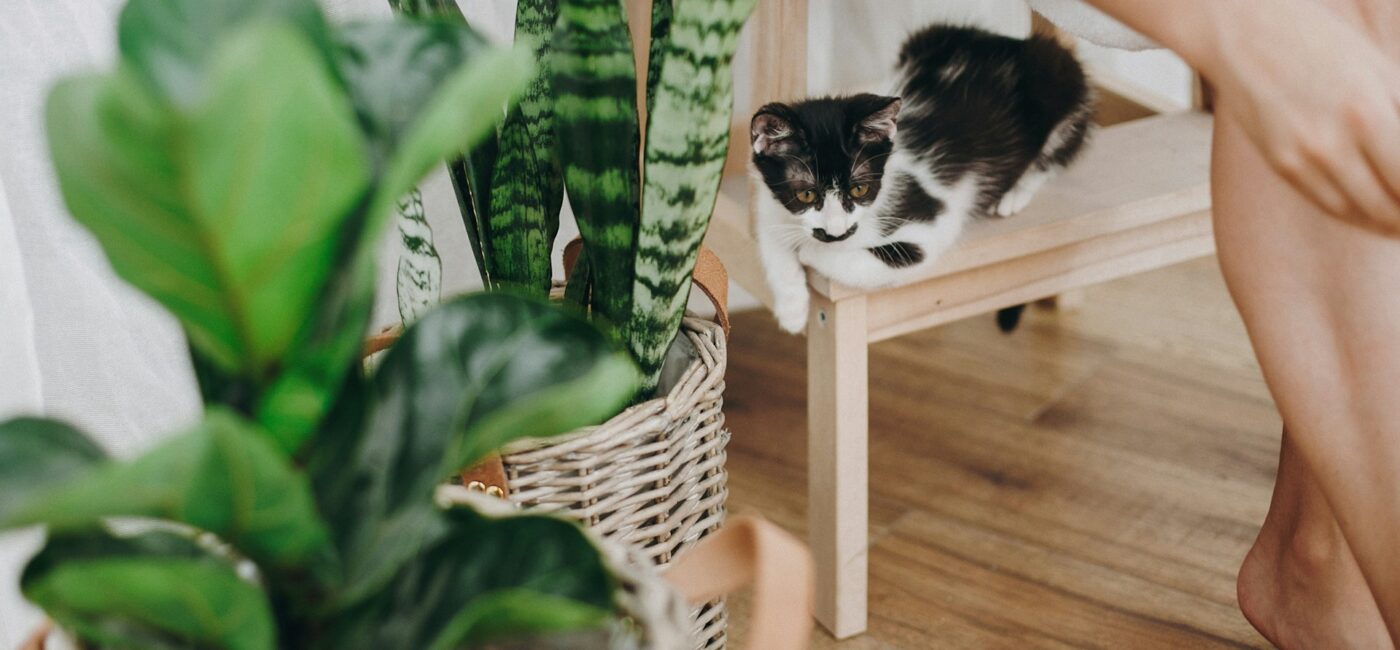Cats are curious by nature, and their tendency to explore, sniff, and nibble on plants can sometimes lead to unintentional exposure to toxic substances. Many common houseplants can be dangerous for cats, causing symptoms that range from mild gastrointestinal upset to more serious reactions like organ failure. With Petguard’s advanced AI-powered plant scanning feature, pet owners can quickly identify plants and check for toxicity, helping to keep cats safe from these potential hazards.
Here’s a list of the top 10 toxic plants for cats and how Petguard can help you ensure a safe environment for your furry friend:
Lilies (Lilium spp.)

Toxicity: Extremely toxic; even small amounts can cause kidney failure in cats.
Signs of Toxicity: Vomiting, lethargy, and loss of appetite.
Sago Palm (Cycas revoluta)
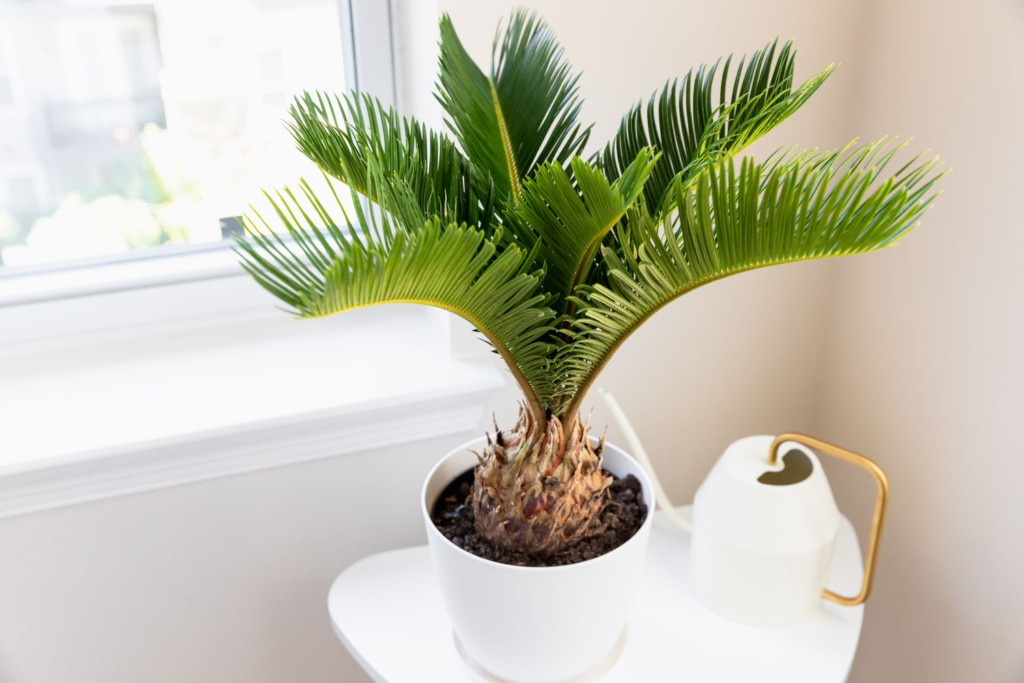
Toxicity: Contains cycasin, which is highly toxic to pets.
Signs of Toxicity: Vomiting, liver damage, and potentially fatal effects.
Aloe Vera (Aloe barbadensis miller)
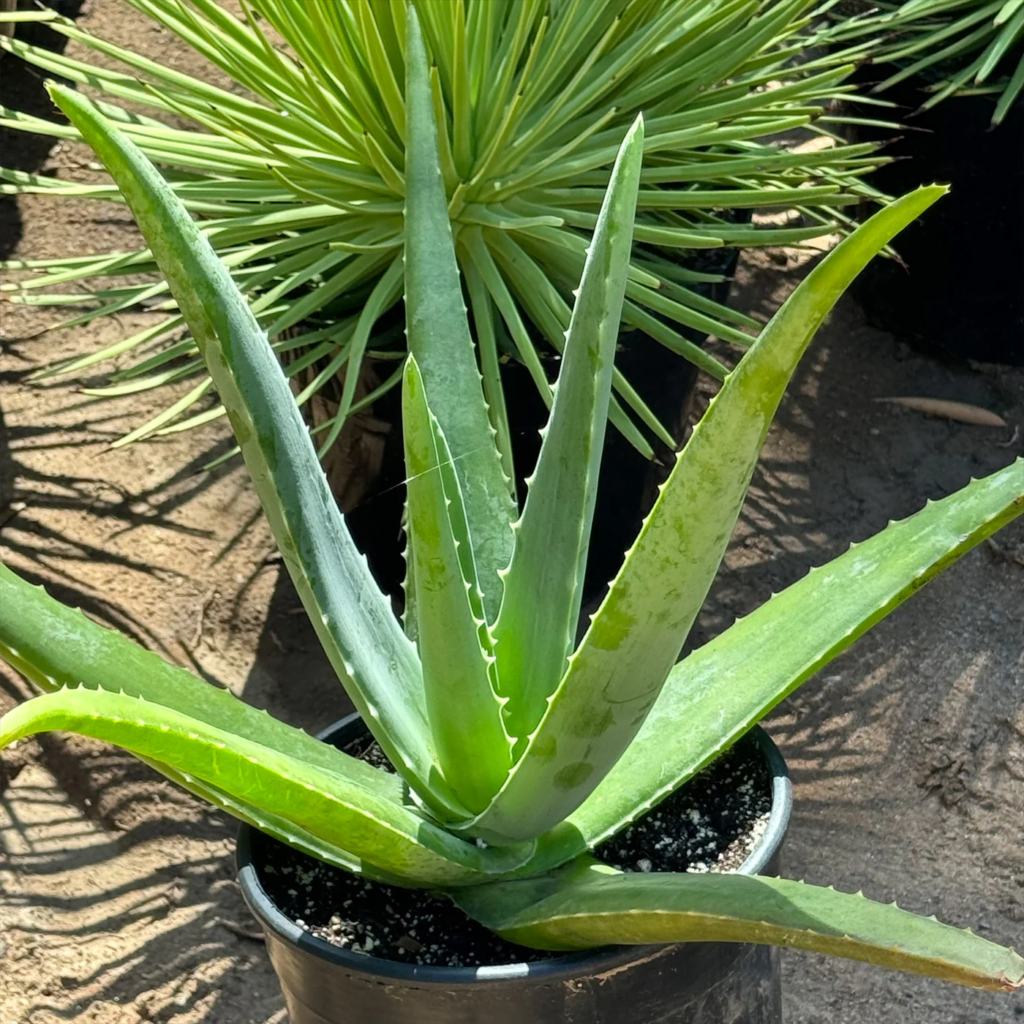
Toxicity: Aloe vera contains saponins, which are toxic to cats.
Signs of Toxicity: Vomiting, diarrhea, and lethargy.

Dieffenbachia (Dumb Cane)
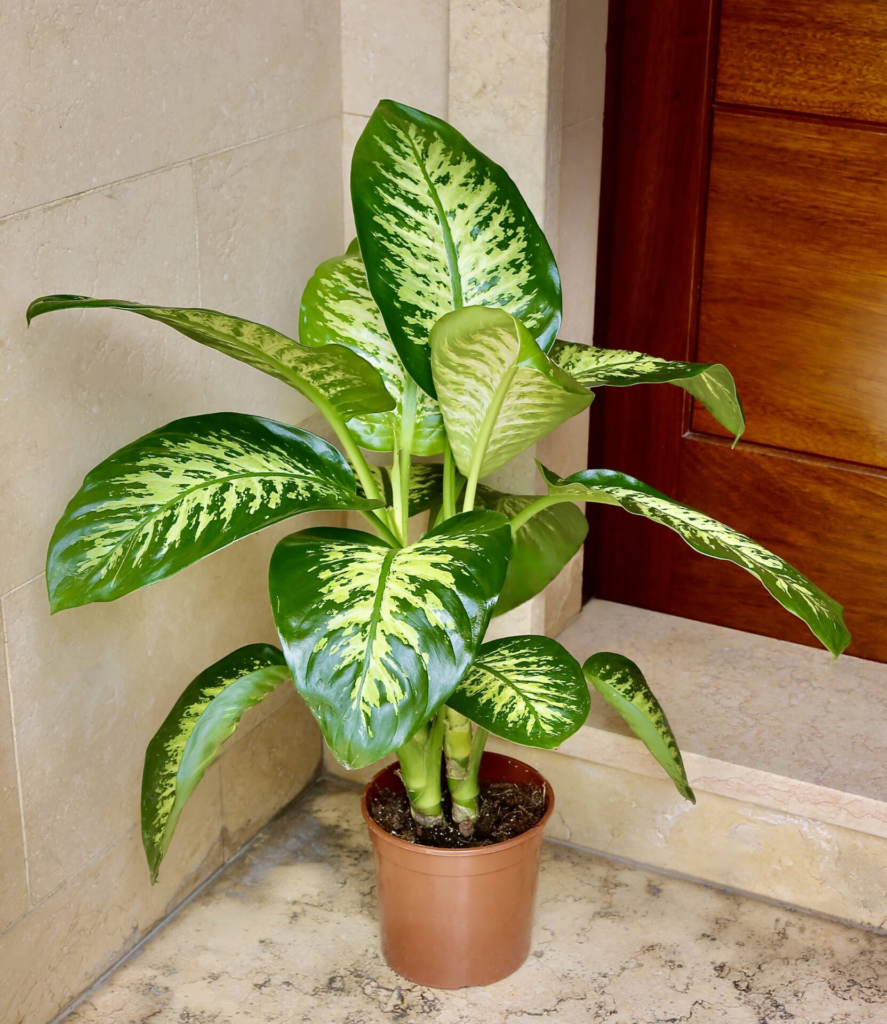
Toxicity: Contains insoluble calcium oxalates, causing painful symptoms.
Signs of Toxicity: Mouth irritation, difficulty swallowing, and vomiting.
Philodendron

Toxicity: Contains calcium oxalates which can be irritating to cats.
Signs of Toxicity: Oral irritation, drooling, and difficulty swallowing.
Pothos (Epipremnum aureum)
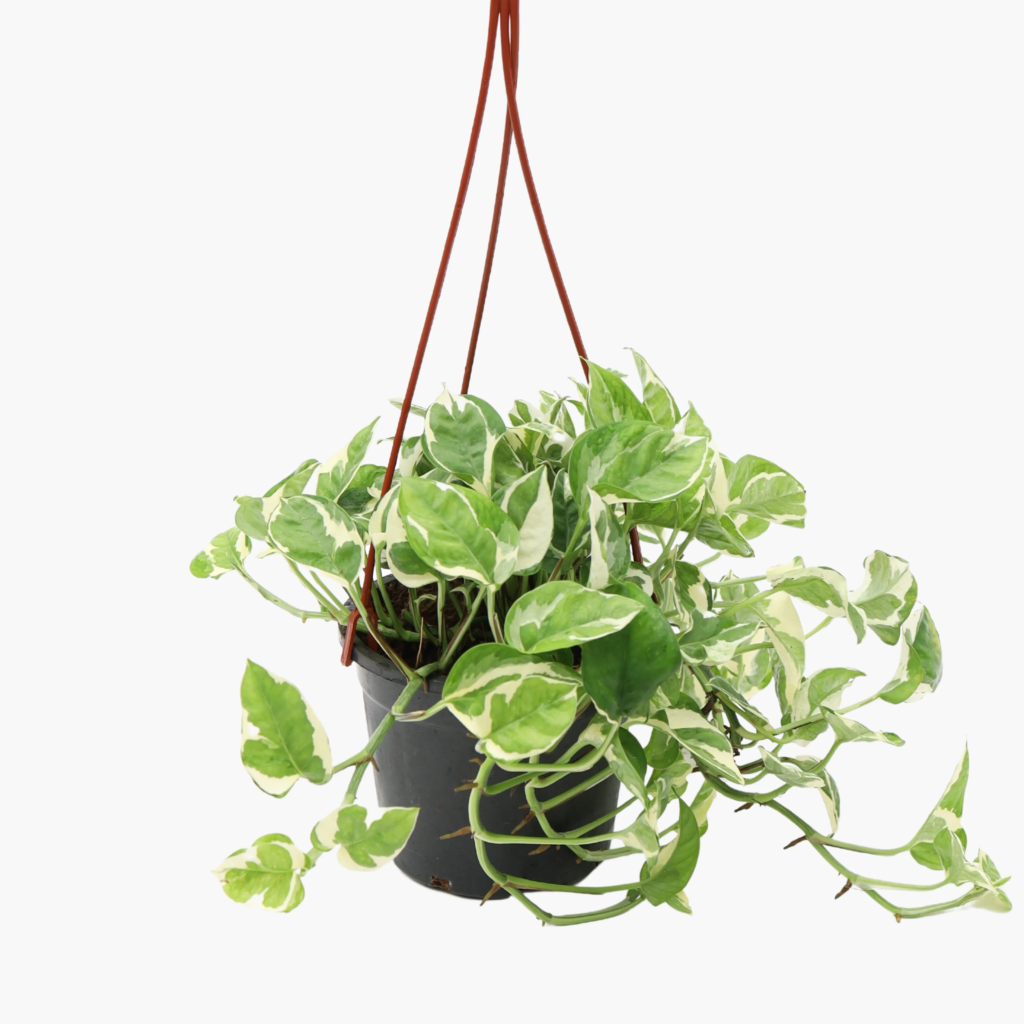
Toxicity: Another plant with calcium oxalates that are harmful to cats.
Signs of Toxicity: Swelling, mouth irritation, and vomiting.
Chrysanthemums

Toxicity: Contains pyrethrins, which can cause poisoning in cats.
Signs of Toxicity: Drooling, vomiting, and diarrhea.
Ivy (Hedera helix)
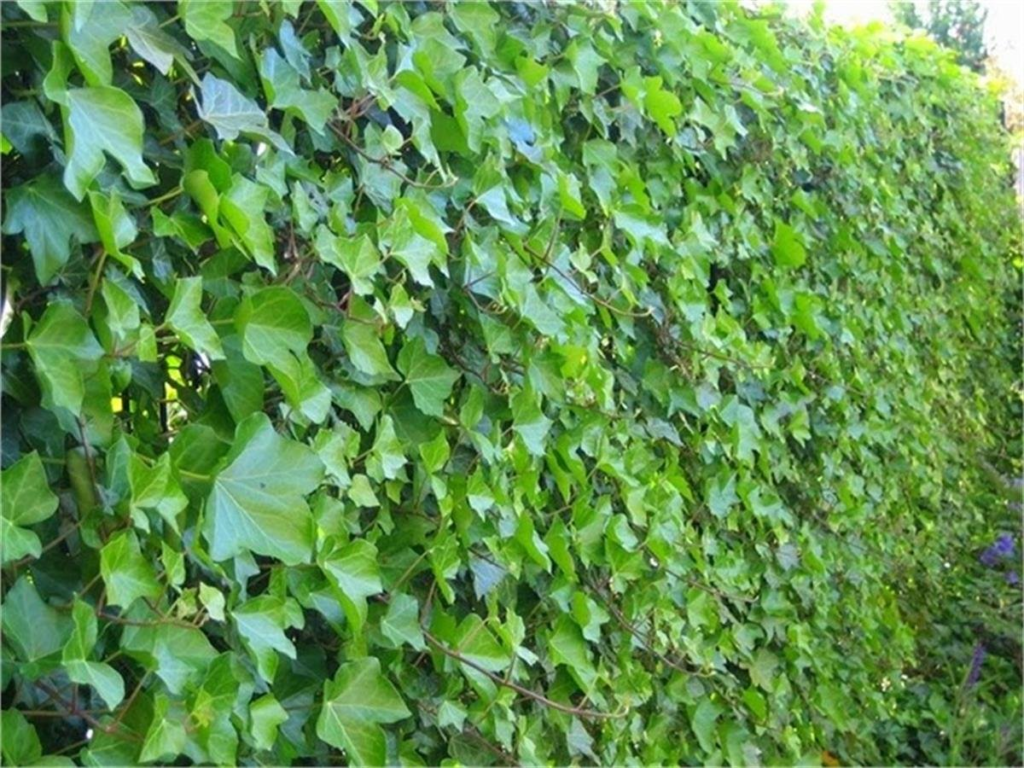
Toxicity: Ivy contains saponins and other irritants dangerous to cats.
Signs of Toxicity: Vomiting, abdominal pain, and hypersalivation.
Peace Lily (Spathiphyllum spp.)

Toxicity: Contains calcium oxalates, leading to digestive and oral issues in cats.
Signs of Toxicity: Oral pain, drooling, and vomiting.
Tulips (Tulipa spp.)

Toxicity: The bulbs contain toxins that are dangerous to cats.
Signs of Toxicity: Drooling, depression, and gastrointestinal upset.
Keeping Your Cat Safe with Petguard
Petguard’s plant detection feature acts as a reliable safety net, allowing cat owners to instantly scan plants and receive toxicity information to avoid harmful plants and keep their pets safe. From indoor greenery to garden additions, Petguard makes it easy to create a cat-safe environment, giving you the confidence to know your pet is well-protected.
Whether you’re a green-thumbed cat lover or a new pet parent, download Petguard today to scan plants and ensure a safer home for your feline friend!

